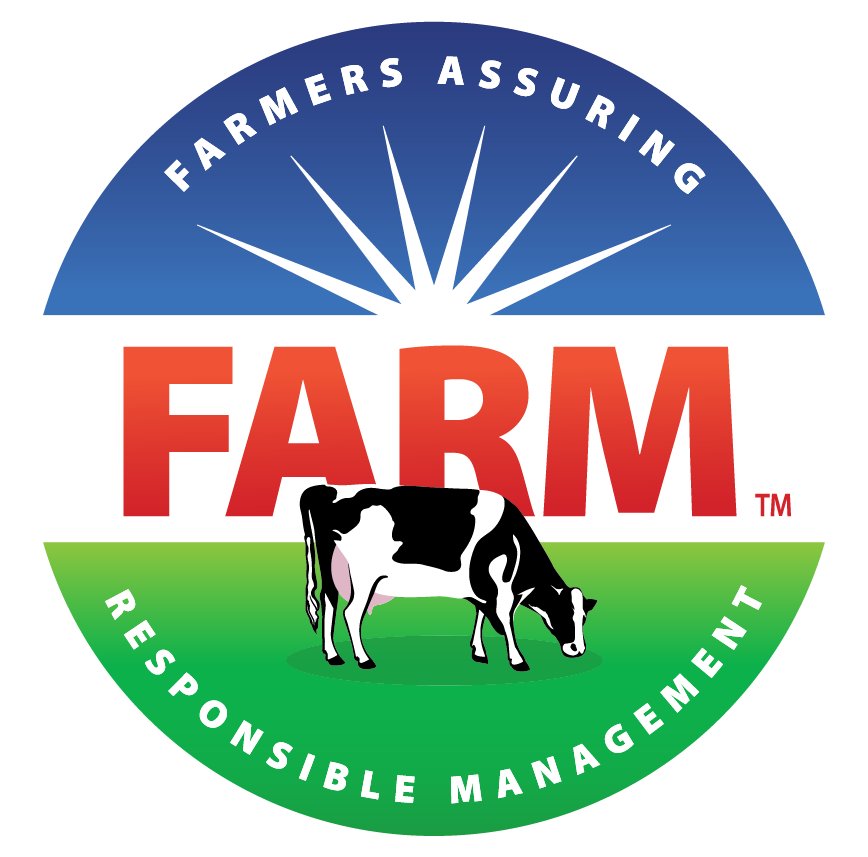Blake and Carmen Gendebien and their three boys love life on the dairy farm in upstate New York, doing their part to provide people across the country safe, wholesome dairy products – and a bit of pampering!
Along with Blake’s parents, the Gendebien family established Twin Mill Farms where they not only provide milk that goes toward producing award-winning Cabot cheese, but they produce a line of luxury bath and body products, A Wholesome Glow, which is sold at their nearby day spa using milk from the dairy and alfalfa from their fields. Their energy and enthusiasm extend to a foundation they launched that assists local families impacted by cancer.

To say they’re busy is an understatement. Read on to learn more from Blake about how the Gendebien crew juggles a non-stop schedule.
How long have you been dairy farming?
My wife Carmen and I bought the farm in 2003 and merged the farm with my parents’ family farm, which they started in 1972. The 1,000 acres Twin Mill Farms includes 400+ dairy cows.
Why are you a dairy farmer?
We left our non-farm careers in Atlanta to become family dairy farmers so we could move to the country and raise a family, which has grown to five with our three boys, Miles, Truman and Noah.
How would you describe your farm?
Our farm is like a piece of heaven to us. We’re surrounded by beautiful, thriving crops, healthy animals, three funny, athletic boys and amazing sunsets. There’s no other place on earth that we would rather be at than on our farm.
How is dairy farming today different from when you first started farming?
The coop model has become more important to provide a stable marketplace for our milk. Labor has become more of a challenge. The cost of inputs, equipment, land and labor have all increased significantly. And smart phones have really become an important part of our dairy. With smart phones, I can take care of banking matters from anywhere on the farm, communicate with employees, vendors and field support, check crop health field by field via satellite images, and promote the good news of agriculture on social media.

What is your favorite aspect of being a dairy farmer?
Carmen and I love being able to go on walks on the farm and ride our bicycles to the pond and jump in the water with our boys. We love the cows and raising the cows from calves to productive adult animals in the milking herd. And we absolutely love being outside, working the land, mowing hay.
If you weren’t a dairy farmer, what would you be doing?
Carmen and I would definitely be self-employed because we like to take an idea and make it a reality.
What do you wish consumers knew about dairy farming?
We wish consumers understood that our number one priority is to provide a safe, nutritious, wholesome product that every family feels good serving to their family.
If your cows could talk, what would they say about you?
If our cows could talk they’d say we are gentle, caring, loving, silly and very helpful in making their lives as comfortable and easy as possible.
Where does your milk go?
Our milk goes to Agrimark, which produces Cabot Cheese.
What is your favorite dairy product?
Our all-time favorites are whip cream, chocolate milk, ice cream and yogurt. It’s impossible to have just one favorite!
How do you manage farm life and spa life?
The farm and the spa are intertwined, and we work hard to make them a combined, sustainable family business where we share ingredients in spa products that come from the farm. We work together to create new ideas and share resources to make the spa and the farm wonderful places to work at and visit.
How do you balance farm schedules, spa schedules and kids’ schedules?
There is no balance to balancing schedules. Shuttling kids to soccer practice, balancing customers at the spa and managing our cows and land is simply a lifestyle that we’re in. It’s what we do daily and it’s never ending.
Is there anything else you want readers to know?
We believe in giving back to the community so we created a pediatric foundation called the Jules of Life Foundation to assist local families impacted by cancer. We throw a huge July 4th bash on the farm every year that is an international event with many friends and family of all nationalities flocking to the farm from around the country. It is the best way to celebrate Independence Day!
You can learn more about Blake, Carmen, their family and their farm at AWholesomeGlow.com. You can also find them Facebook, Twitter, and Instagram.

 By: Kendra Kissane, MMPA Sustainability Professional
By: Kendra Kissane, MMPA Sustainability Professional